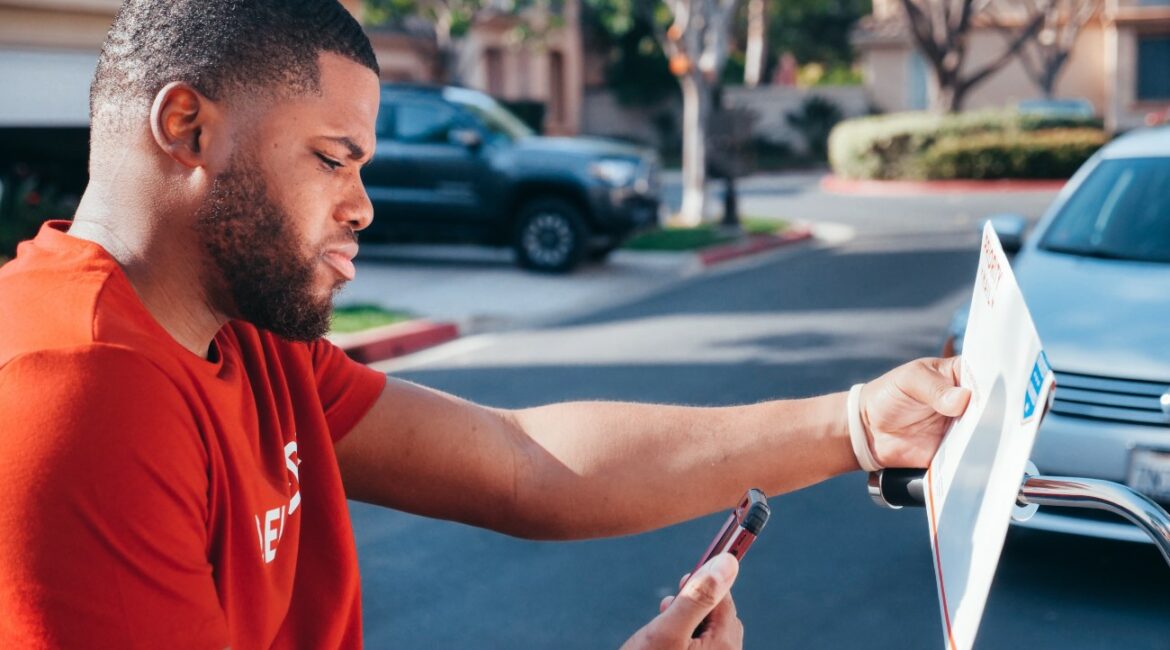Hey there, fellow adventurers in the customer support landscape! I’m Jane, and just like planning the perfect RV trip, providing exceptional customer support is all about listening actively. In this comprehensive guide, we’ll dive deep into the art of active listening, sharing insights and tips that will elevate your customer support game. So, buckle up, and let’s hit the road to stellar service!
Jane’s Insight: “Much like navigating the twists and turns of a campground, mastering active listening is essential for building strong customer relationships.”
Understanding the Core of Active Listening
1. What is Active Listening?
Before we rev up our engines, let’s get on the same page about what active listening is. Active listening is more than just hearing; it’s about fully engaging with the customer, understanding their needs, and responding thoughtfully. It’s like the GPS of customer support, guiding you to the right destination.
Jane’s Tip: “Active listening shows customers that you value their input and are committed to finding solutions together.”
For more insights on enhancing customer experiences, check out our article on integrating AI into your customer service hotline.
2. The Rewards of Active Listening
Active listening isn’t just a feel-good concept; it brings tangible rewards:
- Increased Customer Satisfaction: When customers feel heard and understood, their satisfaction levels soar.
- Swift Issue Resolution: By truly grasping the problem, you can resolve it more efficiently, saving time for both parties.
- Building Trust: Trust is the foundation of lasting customer relationships, and active listening is the cornerstone.
- Enhanced Productivity: When you’re on the same page from the start, you can avoid misunderstandings and unnecessary back-and-forths.
Now, let’s address some common questions and concerns about active listening in customer support.
FAQ : Your Active Listening Roadmap
How can I become a better active listener?
- Jane’s Answer: Start by eliminating distractions, maintain eye contact (if in person), and use verbal cues like nodding and “I understand” to show you’re engaged.
What if a customer is upset or frustrated?
- Jane’s Answer: Acknowledge their feelings and let them vent if needed. Then, assure them that you’re there to help and actively listen to their concerns.
Can active listening be applied in written communication, like emails or chats?
- Jane’s Answer: Absolutely! In written communication, use empathetic language, ask open-ended questions, and rephrase their concerns to confirm understanding.
How can I measure the effectiveness of active listening in my customer support team?
- Jane’s Answer: You can use customer feedback, track issue resolution times, and conduct regular training sessions to assess and improve active listening skills.
As we journey through the world of active listening, remember that it’s not just a technique; it’s a mindset. Like the road to a memorable RV adventure, mastering active listening takes practice and dedication, but the rewards are worth every mile. So, embrace the art of active listening, and watch your customer support experiences transform into remarkable journeys for both you and your customers. Safe travels in your customer support adventure!
- Transform Your Health with Medford Medical Weight Loss Program - June 9, 2025
- A Chat with Nate and Mika, Christian Wedding Photographers - July 18, 2024
- Ultimate Guide To Playing Online Casinos - May 27, 2024









